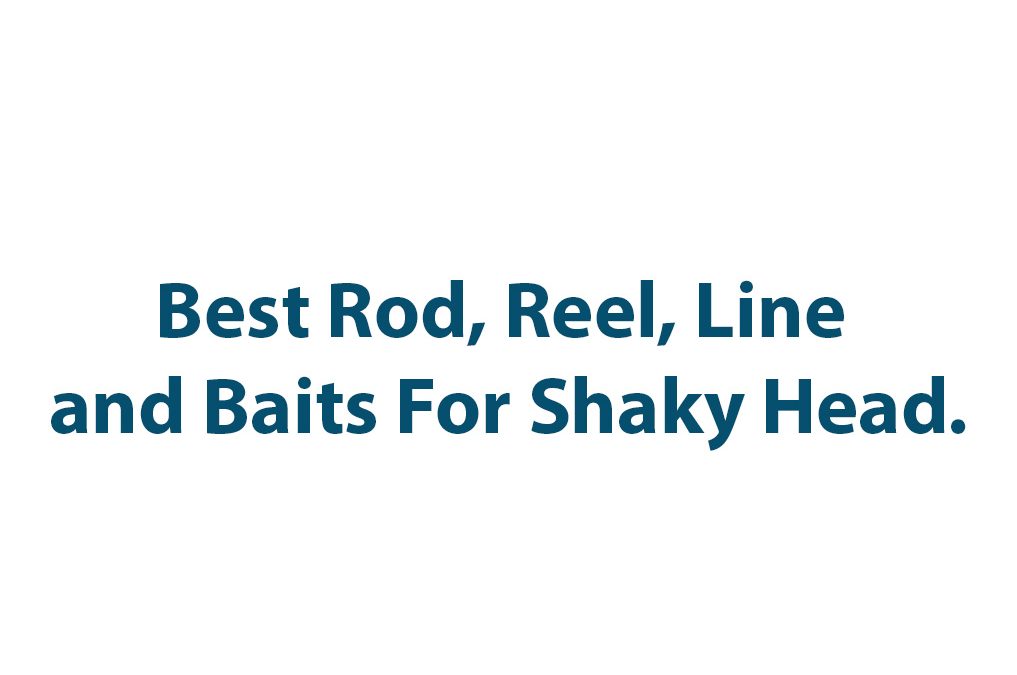Introduction
Hey there, fellow fishing enthusiasts! Are you ready to dive into the exciting world of shaky head fishing for bass? Well, you’re in luck because today we’re going to explore the best rod, reel, line, and baits to use for this popular technique. Whether you’re a beginner or a seasoned angler, having the right equipment can make all the difference in reeling in that trophy bass. So, let’s get started!
Choosing the Right Rod for Shaky Head Fishing
When it comes to selecting the perfect rod for shaky head fishing, there are a few key factors to consider. First off, you’ll want a rod with the right length and action. For this technique, a medium to medium-heavy rod between 6’6″ and 7’2″ in length works well. The action should be on the faster side, providing a sensitive tip to detect those subtle bites.
Using a sensitive rod tip is crucial in shaky head fishing. It allows you to feel even the slightest movement, helping you detect those finicky bass. Consider materials like graphite or a graphite composite, as they offer excellent sensitivity while maintaining a lightweight design.
Selecting the Appropriate Reel for Shaky Head Fishing
Now that we have our rod sorted, let’s talk about the reel. When it comes to shaky head fishing, a spinning reel is the way to go, especially if you’re a beginner. Spinning reels are easier to handle, and their versatility makes them ideal for various fishing techniques.
A smooth drag system is essential for any reel, but it’s particularly crucial for shaky head fishing. Bass tend to give a good fight, and a smooth drag ensures you have the control you need to tire them out and bring them in.
As for the gear ratio, a 6:1 or 7:1 ratio works well for shaky head fishing. This allows for a good balance between retrieving line quickly and having enough power to handle those hard-hitting bass. Additionally, ensure that the reel has a sufficient line capacity to accommodate the desired line strength.
Picking the Optimal Line for Shaky Head Fishing
The type of line you choose for shaky head fishing can greatly impact your success on the water. Let’s discuss the pros and cons of three common line types: fluorocarbon, monofilament, and braided lines.
Fluorocarbon lines are popular among anglers for their excellent sensitivity and invisibility underwater. They have a low stretch, making it easier to detect bites and provide a direct line of communication between you and the fish.
Monofilament lines, on the other hand, offer good versatility and affordability. They have a slightly higher stretch, which can act as a shock absorber during intense fights with bass. Monofilament also tends to float, which can be advantageous for certain presentations.
Braided lines are known for their exceptional strength and sensitivity. They have virtually no stretch, allowing for instant hook sets and optimal control. However, they may not be as invisible as fluorocarbon or monofilament lines, which could affect your success in clear water conditions.
When it comes to line strength and diameter, opt for 8-12 pound test lines for shaky head fishing. These strengths provide a good balance of sensitivity and strength for handling bass effectively. Remember, the lighter the line, the more sensitive it will be.
Exploring the Best Baits for Shaky Head Fishing
Now that we have our rod, reel, and line sorted, let’s dive into the exciting world of shaky head baits. There are various options to choose from, but a few stand out as top performers.
Worms are a classic choice for shaky head fishing. They come in different sizes, colors, and actions, allowing you to customize your presentation based on the conditions and the mood of the bass. For shaky head fishing, opt for finesse worms or straight-tail worms, around 4-6 inches in length.
Creature baits, with their unique shapes and enticing appendages, can also be effective for shaky head fishing. They create vibrations and movement in the water that attract bass and trigger strikes. Choose creature baits with a compact body and multiple appendages to maximize their action.
When it comes to rigging your baits, the Texas rig is a popular choice. It involves inserting the hook into the bait and burying it slightly, providing a weedless presentation. This setup allows you to fish around cover without getting snagged.
Tips and Techniques for Successful Shaky Head Fishing
Now that we have our equipment and baits ready, let’s talk about some tips and techniques to maximize your success with the shaky head technique.
First, it’s important to work the bait slowly and maintain bottom contact. Shake the rod tip gently, causing the bait to quiver and imitate a vulnerable prey. Keep a keen eye on your line for any subtle movements or twitches, as this could indicate a bass has taken interest in your bait.
Adjusting your technique based on water and weather conditions is also crucial. In clear water, opt for more natural-colored baits, while in murky water, go for brighter, more visible colors. Additionally, consider the depth at which the bass are holding and adjust your presentation accordingly. Experiment with different retrieves, speeds, and pauses until you find what works best.
Maintenance and Care for Shaky Head Equipment
To ensure your shaky head equipment lasts and performs optimally, it’s important to practice proper maintenance and care.
For your rod and reel, rinse them with fresh water after each fishing trip to remove any dirt, salt, or debris. Inspect the rod guides for any damage or wear and replace as necessary. Lubricate the reel according to the manufacturer’s instructions to keep it operating smoothly.
When it comes to line care and storage, avoid exposing your lines to prolonged sunlight, as it can weaken them. Always check for any nicks, frays, or abrasions before heading out on the water. If you notice any damage, it’s best to replace the line to avoid any potential line breaks during crucial moments.
Conclusion
There you have it, folks! We’ve explored the best rod, reel, line, and baits to use for shaky head fishing, and we’ve discussed some tips and techniques to help you land those elusive bass. Remember, selecting the right equipment is essential for maximizing your chances of success, but it’s also important to experiment and find what works best for you. So, grab your gear, head out to the water, and get ready to shake things up with your newfound shaky head skills. Happy fishing!
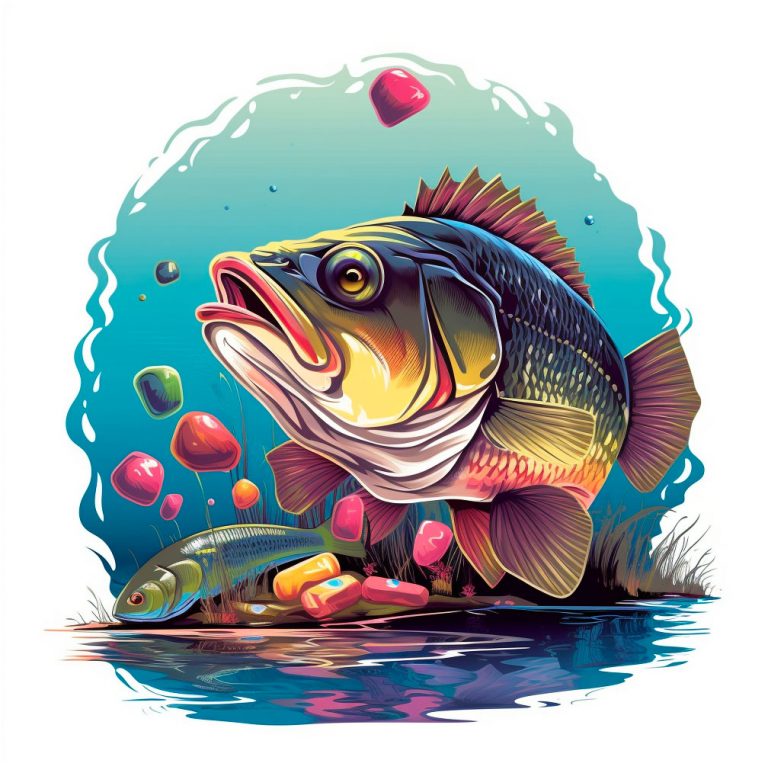
Zoom Trick Worms For Bass: Bass Candy
As a passionate angler, I have always been on the lookout for new and exciting ways to catch bass. After months of trying different techniques and bait, I stumbled upon a game-changing bait: Zoom Trick Worms. In this article, I will be sharing everything I have learned about using Zoom Trick Worms for bass fishing, […]
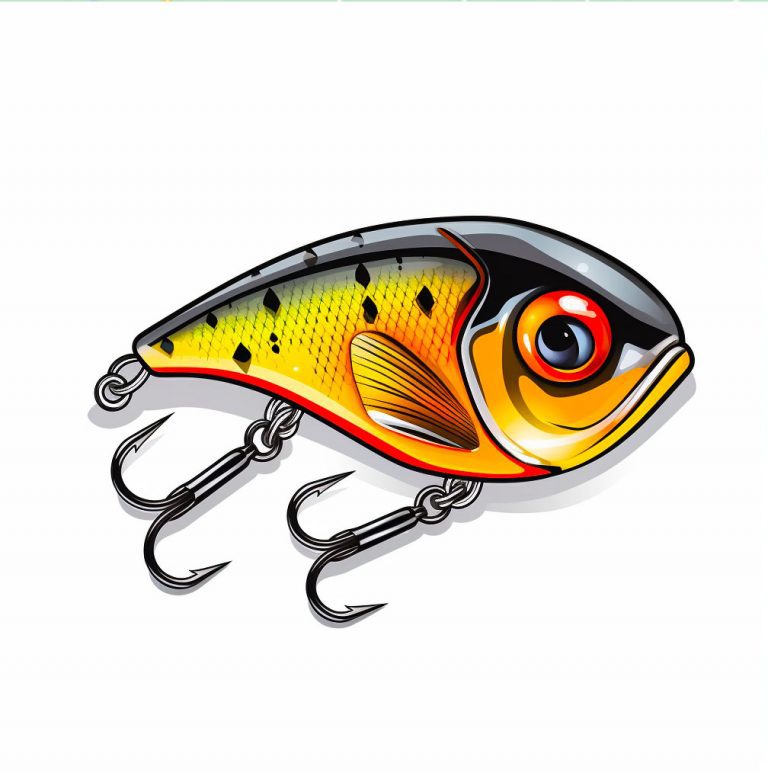
Crankbait Bass Fishing: A Comprehensive Guide
As a seasoned bass fisherman, I have tried countless techniques and lures over the years. However, crankbait fishing has always been one of my favorite methods for catching bass. With the right technique and equipment, crankbaits can be incredibly effective in luring in those elusive and trophy-worthy fish. In this comprehensive guide, I will share […]
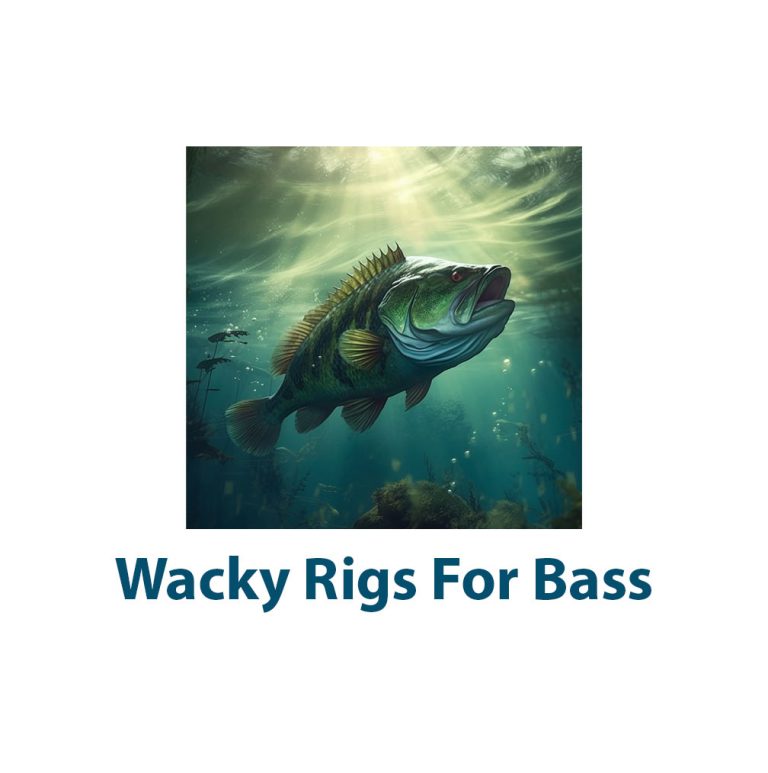
Wacky Rigs For Bass
Introduction If you love fishing, there is nothing more thrilling than landing a big bass. But to achieve this, you need the right gear and technique. Wacky rigs are a great option for bass fishing because they are versatile and effective. They are becoming increasingly popular among avid anglers, but many don’t know how to […]

Chatterbaits In Every Season For Bass
When it comes to bass fishing, we all know that having the right gear and techniques can make a huge difference in your success. That’s where chatterbaits come in. These versatile lures are effective in all seasons, from winter to fall. But how do you know which ones to use and when? As an avid […]

Megabass Dark Sleeper Swimbaits For Bass
Introduction As an avid bass fisherman, I’m constantly on the lookout for new gear and tools to improve my chances of catching bigger and better bass. Recently, I came across the Megabass Dark Sleeper Swimbaits, and my curiosity was piqued. What makes these swimbaits so special? Do they really live up to their reputation among […]
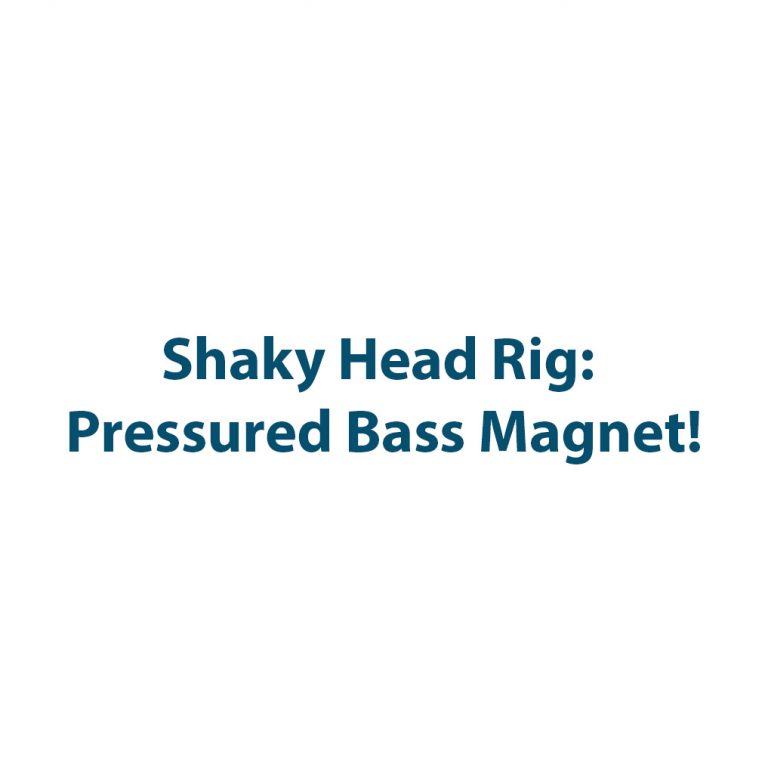
Shaky Head Rigs For Bass: Pressured Bass Magnet
Introduction Good day! You should absolutely learn about shaky head rigs if you want to improve your bass fishing abilities. These rigs are simple to assemble, adaptable, and efficient in catching several types of bass. This article will provide a thorough examination of shaky head setups for bass fishing. What they are, how to set […]

